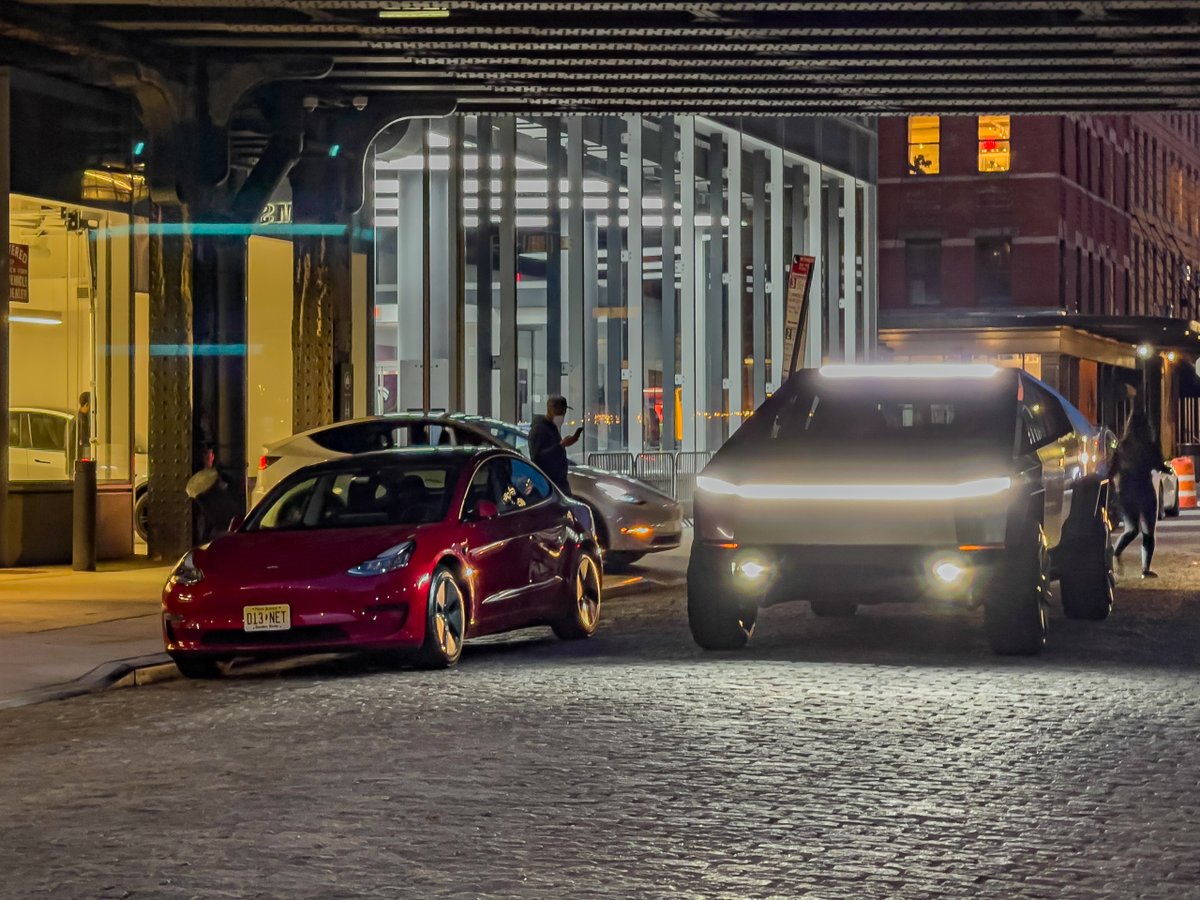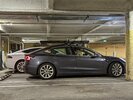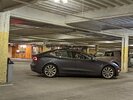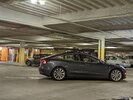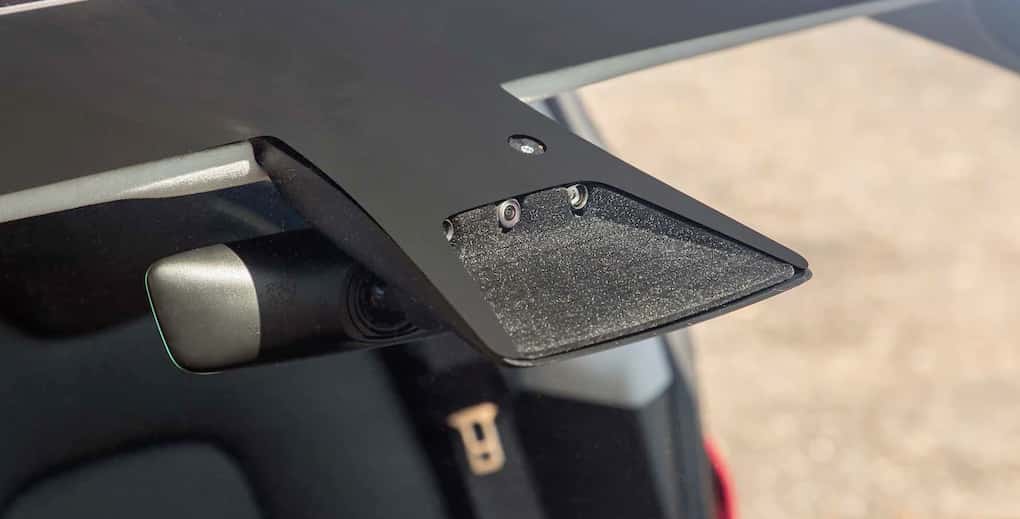With Elon Musk commenting that HW4 could be introduced with the cybertruck, and rumors that this chip will use TSMC and go into production Q4 2021, seems like a decent time to partake in the time-honored forum tradition of baseless speculation and rumor mongering. .
.
Elon Musk said on the earnings call new hardware is all about increasing the factor of safety, and that FSD remains achievable at greater than human safety levels on old hardware. He said this referring to the HW4 computer, but does anyone think Tesla will also revise the cameras used? Or even add more cameras? Or even other sensor hardware? Curious to hear if anyone has seen any hints of upcoming hardware in the public firmwares, or even just speculation on how the AP system may evolve in the next few years.
Elon Musk said on the earnings call new hardware is all about increasing the factor of safety, and that FSD remains achievable at greater than human safety levels on old hardware. He said this referring to the HW4 computer, but does anyone think Tesla will also revise the cameras used? Or even add more cameras? Or even other sensor hardware? Curious to hear if anyone has seen any hints of upcoming hardware in the public firmwares, or even just speculation on how the AP system may evolve in the next few years.



